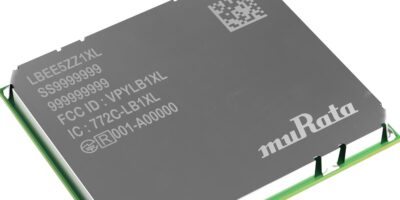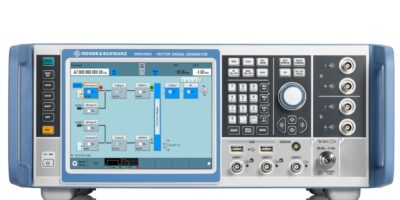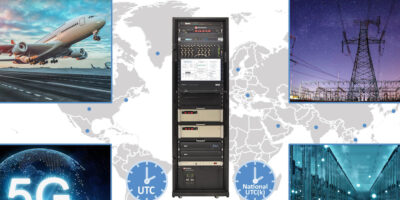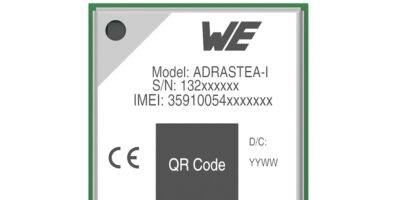In collaboration with NXP Semiconductors, Murata has developed the Type 1XL Wi-Fi 6 and Bluetooth 5.3 module. It uses proprietary packaging and is the latest in the company’s low power, small form factor communication modules for the IoT.
The dual band module is based on the NXP 88W9098 combo chipset and supports IEEE 802.11a / b / g / n / ac / ax 2 x 2 multi-user, multiple input, multiple output (MU-MIMO) and Bluetooth 5.3 Low Energy (LE).
The Wi-Fi section of the module supports connectivity up to 1.4 times faster than conventional Wi-Fi compatible devices, said Murata, offering data rates of up to 1200Mbits per second. It also supports the PCIe 3.0 interface with optional support for SDIO 3.0. The Bluetooth 5.3 LE portion of the module supports speeds of up to 2Mbits per second with a high speed four-wire UART interface, together with optional support for SDIO and PCM for audio data.
The Type 1XL module employs hardware mechanisms and algorithms to optimise Wi-Fi and Bluetooth co-existence. The module size is 19.1 x 16.5 x 2.1mm, small enough for integration in to size- and power-sensitive electronic devices for IoT, smart home, audio/video/voice, smart TV and gateway applications, said Murata. The module will have a reference antennae design for FCC/IC certifications and CE conducted test to provide a lower development cost and faster time to market.
“The wireless communication bandwidth is tightening within our homes and offices with more streaming content, such as 4K/8K video, and traffic increase by teleworking and remote video conference calls,” explained Akira Sasaki, manager of the IoT Module department at Murata. “The low cost, space-saving Type 1XL module enables high-speed communication, which significantly improves quality.”
The Type 1XL module is now in mass production.
Murata manufactures electronic components, modules, and devices. Its product range includes ceramic capacitors, resistors / thermistors, inductors / chokes, timing devices, buzzers, sensors and EMI suppression filters. It also manufactures Bluetooth and WiFi modules, board-mount DC/DC converters as well as standard and custom AC/DC power supplies.







